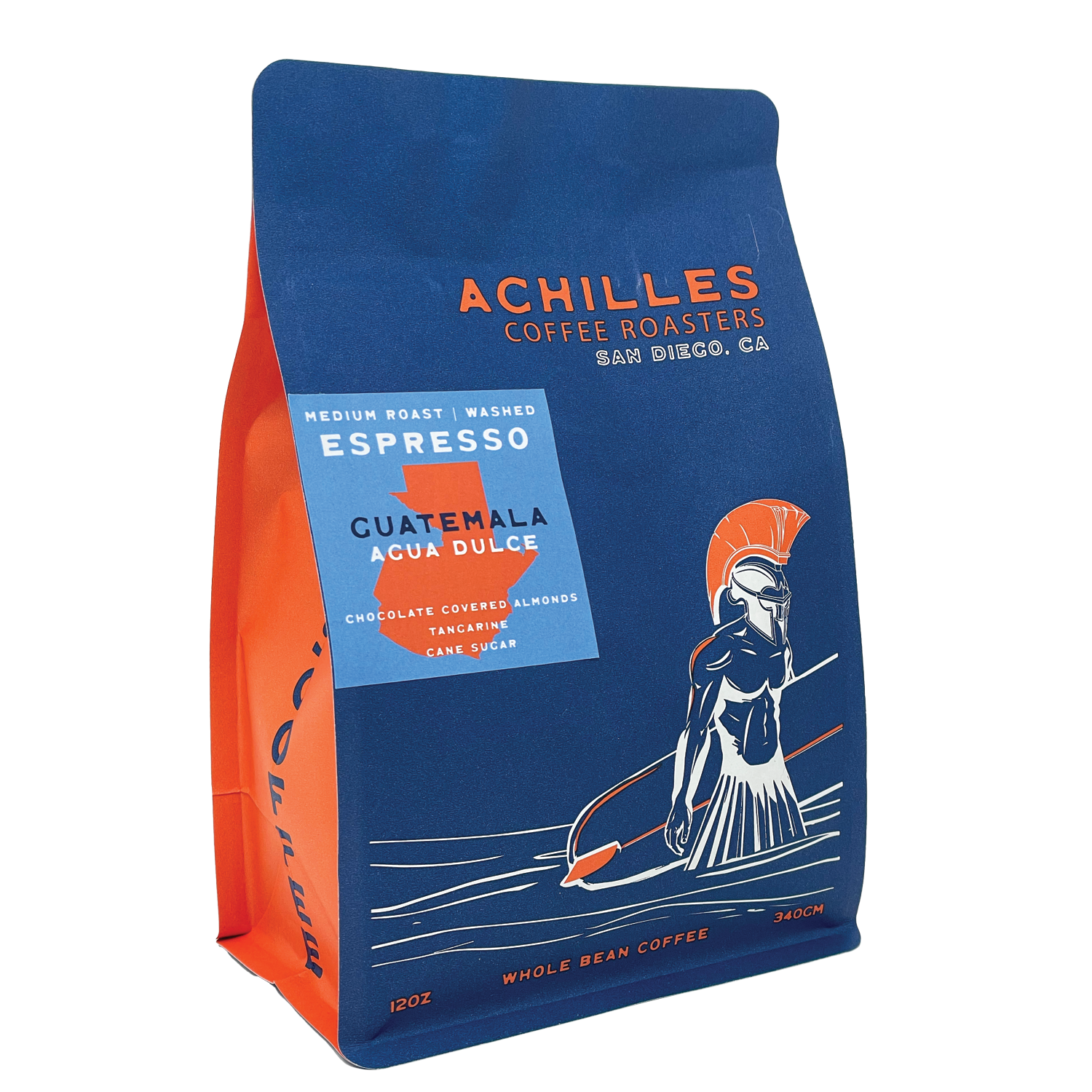Everything You Should Know Before Buying SOE Single Origin Espresso
Everything You Should Know Before Buying SOE Single Origin Espresso
Blog Article
Comprehending Coffee Beans: the Trip From Espresso to Blended Coffee Beans

The Beginnings of Coffee: An International Perspective
While you might think about coffee as a modern staple, its beginnings map back centuries, linking with societies around the world. The tale starts in Ethiopia, where legend claims a goat herder called Kaldi uncovered the invigorating results of coffee beans after noticing his goats romping energetically after eating them. This triggered interest, leading to coffee's infect Arab traders that treasured the made drink. By the 15th century, it reached Persia, Egypt, and Turkey, where coffee shops came to be social centers for discussion and culture.
As trade paths expanded, coffee made its method to Europe in the 17th century, promptly getting appeal. It changed from a mystical beverage into a day-to-day routine, inspiring gatherings and intellectual exchanges. Each society included its special twist to coffee preparation, improving its background. This international journey highlights just how coffee links us, going beyond borders and unifying diverse practices with a basic bean.
Farming and Harvesting of Coffee Beans
As coffee's trip developed, the focus changed to the cultivation and harvesting of particular bean ranges, especially those utilized for coffee. You'll discover that coffee beans typically come from Arabica or Robusta plants, each offering distinct flavors. The ideal growing problems consist of high altitudes and abundant, well-drained soil, which enhance the beans' high quality.
Throughout the harvest, picking techniques differ. In some regions, employees hand-pick ripe cherries, guaranteeing only the very best fruit mosts likely to handling. In various other locations, mechanical harvesters are made use of, specifically on larger ranches. When the cherries reach peak ripeness for maximum flavor., timing is vital; you desire to collect.
When collected, the beans are planned for processing, which is vital in establishing their final preference. Understanding the growing and gathering processes provides you insight right into what enters into your favorite espresso, improving your appreciation for every cup.
Processing Techniques: From Cherry to Bean
Currently that you've learnt more about gathering coffee beans, let's check out just how those cherries change into the coffee beans you enjoy. You'll see how various harvesting methods impact taste, complied with by the vital steps of fermentation and drying. Finally, we'll damage down the milling and grading process that identifies your coffee's top quality.
Gathering Methods Discussed
When it comes to coffee, understanding harvesting techniques is essential, because they straight impact the taste and high quality of the beans you appreciate. Discerning choosing entails hand-picking only ripe cherries, ensuring you obtain the best top quality beans. Eventually, the choice of gathering method can greatly affect your coffee experience, so it's worth knowing how those beans made it to your cup.
Fermentation and Drying
After collecting, the next actions in processing coffee beans play a substantial role fit their taste. You'll find that fermentation is essential, as it aids break down the mucilage surrounding the beans, improving their preference account. Depending upon the approach, this process can last from a couple of hours to several days, with varying outcomes based upon temperature and humidity.
Sun-drying enables the beans to take in tastes from the setting, while mechanical drying guarantees consistent dampness levels no matter of weather. Proper drying out is necessary to protect against mold and protect the beans' high quality, eventually affecting your mug of coffee.
Milling and Grading Refine
As fermentation and drying out set the phase for taste advancement, the milling and grading process guarantees that only the best coffee beans make it to your mug. This phase includes eliminating the external layers of the coffee cherry, consisting of the parchment and husk. Premium beans get a higher quality, resulting in a richer coffee experience.
Roasting Strategies: Opening Taste Prospective
When you roast coffee beans, the technique you select can drastically impact the flavor profile. Recognizing the partnership between time, temperature, and roasting strategies is crucial to revealing the capacity of your mixture. Let's check out how these aspects collaborated to produce the excellent mug.
Roasting Techniques Discussed
While you could believe that all coffee toasting techniques produce the same results, the truth is that each technique reveals distinct taste capacities in the beans. Drum toasting utilizes a revolving drum to uniformly distribute warm, boosting caramelization and generating a balanced flavor. Air roasting, on the other hand, circulates warm air around the beans, advertising a lighter roast with pronounced acidity.

Influence On Flavor Profile
Various roasting approaches not just influence the procedure however additionally significantly impact the taste profile of the coffee beans. When you choose a light roast, you'll experience brilliant level of acidity and floral notes, showcasing the bean's beginning. On the other hand, a medium roast equilibriums acidity with sweet taste, commonly revealing chocolatey touches. Dark roasts, on the various other hand, bring out strong, smoky flavors, occasionally masking the bean's special features. Each strategy reveals various oils and substances, resulting in a vast array of flavors. By try out numerous roasting designs, you can find which profiles resonate with your taste. Comprehending these subtleties aids you value the virtuosity behind your mug of coffee, enhancing your overall experience with every sip.
Time and Temperature Level Variables
To launch the full flavor possibility of coffee beans, both time and temperature level throughout the roasting process play significant duties. When toasting, you'll discover that higher temperature levels can rapidly establish flavors, but if you rush it, you could wind up with burned notes. On the other hand, reduced temperatures enable an extra steady taste development, showcasing the beans' distinct qualities.

Timing is just as important; prolonging the roast also long can cause a loss of level of acidity and illumination, while as well brief a roast might leave the beans underdeveloped. Locating that sweet spot needs technique and experimentation. By changing these factors, you can reveal the rich, complex tastes concealed within each bean, creating a genuinely remarkable coffee experience.
The Art of Blending: Crafting Distinct Coffee Profiles

Beginning by choosing a base coffee that provides a solid structure. A brilliant Ethiopian bean can bring fruitiness, while an abundant Brazilian coffee adds body.
As you mix, remember that each mix informs a tale. You're not just making coffee; you're developing an experience. Take your time, taste frequently, and appreciate the trip of finding your trademark mix - Single Origin Espresso.
Developing Approaches: Exactly How Prep Work Affects Taste
Mixing coffee opens up a domain of taste possibilities, yet exactly how you brew that blend can substantially affect your final cup. Various developing techniques remove one-of-a-kind tastes and fragrances, so it's important to choose wisely. A French press enables oils and debris to remain, creating an abundant, robust experience. On the other hand, a pour-over highlights the coffee's clarity and brightness, perfect for showcasing fragile notes.
Espresso, with its high stress, creates a concentrated shot that emphasizes sweetness and crema. If you favor a lighter mixture, consider a cool mixture approach; it generates a smooth, much less acidic preference.
Readjusting variables like water temperature level, grind dimension, and brew time can change your coffee's account. Welcome the art of developing to find the tastes hidden in your coffee blends.
The Future of Coffee: Sustainability and Development
As the coffee market evolves, sustainability and technology are coming to be important for resolving ecological challenges and conference customer demands. You'll observe that even more coffee companies are taking on environment-friendly techniques, from sourcing beans ethically to applying lasting farming methods. These changes not just help the world however also improve the top quality of the coffee you enjoy.
You might see technologies like naturally degradable packaging and water-saving developing methods that lower waste. Advanced modern technology, such as blockchain, is additionally coming to be preferred, ensuring transparency in the supply chain, which allows you to map your coffee back to its beginnings.
Additionally, spending in neighborhood areas and sustaining farmers via reasonable trade efforts promotes a much more lasting coffee ecological community. As you drink your following mug, keep in mind that your choices can contribute to a brighter future for coffee. By opting for lasting brands, you're not just appreciating a drink; you're making a favorable influence on the globe.
Frequently Asked Questions
What Is the Difference Between Arabica and Robusta Beans?
Arabica beans are smoother, sweeter, and have a greater acidity, while robusta beans are more powerful, extra bitter, and consist of even more high levels of caffeine. When brewing SOE your coffee., you'll discover these differences in taste and aroma.
How Does Altitude Affect Coffee Bean Flavor?
Elevation effects coffee bean taste substantially. Greater altitudes produce beans with brighter acidity and complicated flavors, while reduced elevations typically produce beans that are heavier and less nuanced. You'll discover these differences in your cup!
What Are the Health And Wellness Perks of Drinking Coffee?
Consuming coffee can boost your power, boost psychological focus, and also boost physical efficiency. It's abundant in anti-oxidants, may lower the threat of particular conditions, and can promote a healthier metabolic rate when eaten in moderation.
Can Coffee Beans Be Recycled for Brewing?
Yes, you can recycle coffee beans for developing, however the flavor might be weaker. If you delight in experimenting, attempt recycling them in different ways, like cold mixtures or contributing to shakes for an additional kick.
How Should I Shop Coffee Beans for Quality?
To keep your coffee beans fresh, store them in an airtight container in an amazing, dark place. Avoid revealing them to light, heat, or dampness, as these aspects can quickly weaken their flavor and aroma.
Comprehending Coffee Beans: the Journey From Espresso to Blended Coffee Beans.
Now that you've discovered regarding collecting espresso beans, let's check out just how those cherries transform right into the coffee beans you enjoy.When you roast coffee beans, the technique you pick can drastically affect the flavor account - Single Origin Espresso.While you could believe that all coffee toasting techniques yield the same outcomes, the fact is that each strategy discloses special flavor potentials in the beans.Different toasting techniques not just affect the process but likewise significantly affect the taste profile of the coffee beans
Report this page